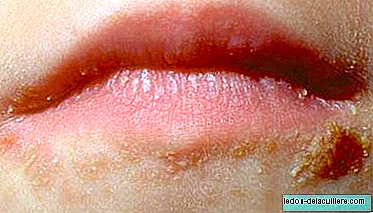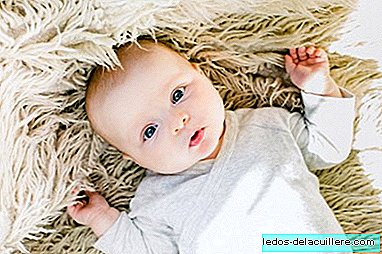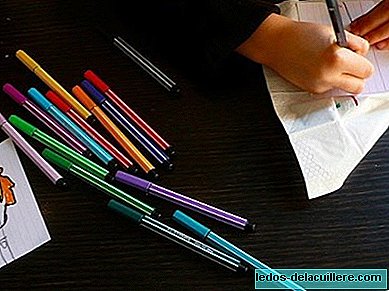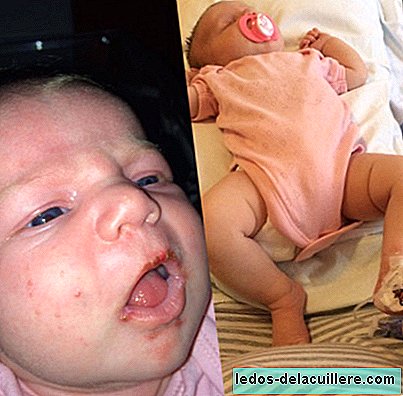
Impetigo is the most common bacterial skin infection in pediatrics, which can be of two types: bullous or non-bullous. Typically, the cause is staphylococcus bacteria, but sometimes streptococcus can also cause it. It is more common in children between two and six years.
Initially the impetigo lesion is a vesicle or pustule, small reddish sores surrounded by reddened areas. It then transforms into a yellowish or honey-colored crusty lesion, they fill with pus and after a few days they open and form a thick crust.
It is highly contagious, and the sores can be spread by direct contagion to other parts if the child touches the germs when touched, or to relatives and people who come into contact with him. It is also spread by contact with objects that have touched the infected, such as clothing, towels and bedding.
It is not accompanied by general signs such as fever, although enlarged nodes can be found in the vicinity of the affected region.
- Blister impetigo or blister impetigo.
This type is more common in infants and young children, caused by Staphylococcus Aureus. There are two forms depending on their location (localized or generalized, which covers the patient's body surface).
For the treatment of impetigo blistering newborn babies should receive intravenous treatment with isolation. If the lesions are localized, oral antibiotic therapy can be initiated in older children.
- Non-bullous or classic impetigo.
This type is the most common in general. The lesions appear in places where there are other previous injuries, entry doors to infection (insect bites, chickenpox, scabies, burns or traumatic injuries). The location of impetigo in the face or extremities is frequent.
Non-blistering impetigo receives local treatment, good hygiene and the use of products with an anti-inflammatory, antiseptic and healing action.
In case of lesions surrounding the mouth, nose or eyelids, the use of oral or cream antibiotics is recommended. It will be the doctor who indicates the best treatment to follow, its dose and duration.
Often the wounds caused by impetigo, itch, but scratching can spread the sores. Impetigo can be spread by contact with the lesions or nasal secretion of an infected person.
If the baby or child has already started treatment, the ulcers should be monitored and the pediatrician should be called if the infection does not begin to subside after three days of treatment or if the child has a fever.
We hope that all this data about impetigo, the most common bacterial skin infection in pediatrics I help you recognize it and go to the doctor when the symptoms described are observed to start the appropriate treatment.












